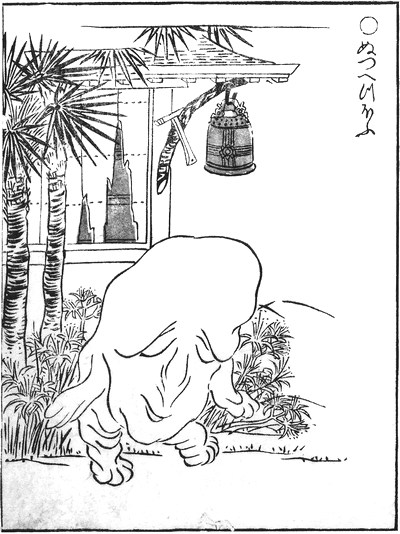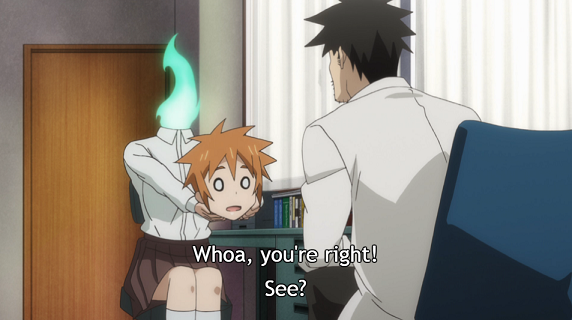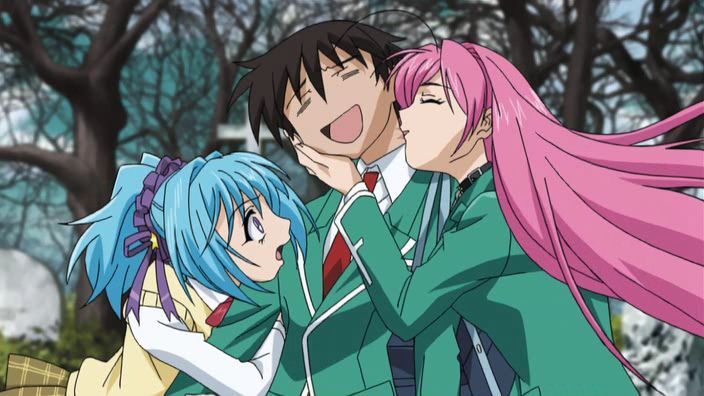
Arifureta: From Commonplace to World’s Strongest runs as a common power-trip isekai. Hajime Nagumo and his classmates transport to a fantasy world modeled after the usual RPG tropes. Hajime doesn’t stand out. He’s not strong, fast, or proficient at anything except material transmutation. When they go into a labyrinth, Hajime is separated from the rest and plunged into the dungeon’s depths. Down there, he must eat monster flesh to survive, and the experience changes him mentally and genetically. Monster flesh mutates him.
No longer human, he encounters an imprisoned vampire named Yue, the last of her kind. And they fall in love.
Here’s where Arifureta differs from the usual isekai. Hajime quickly gets over his typical protagonist shyness with Yue. Yep, they develop a deep relationship and become lovers. Yep, an isekai protagonist actually goes all the way! What’s more, the characters share chemistry and mutual respect for each other. As the series progresses, Hajime asks Yue to protect people while he attacks. He doesn’t do this because he thinks Yue is weak or wants to protect her. Rather, he knows she has his back. She is his equal in power and in the relationship. He listens to her advice and trusts her.
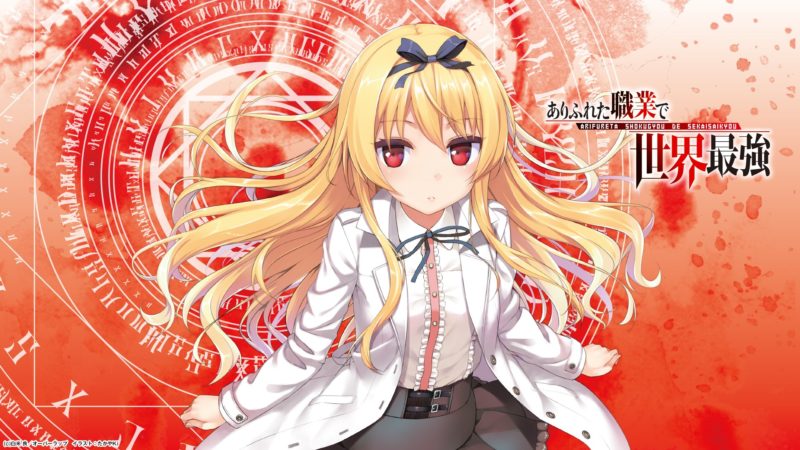
The start of their relationship appears unhealthy. He saves her; she seduces him despite his protests of not being ready for a sexual relationship. However, the anime gives the impression that this happens over time. It’s also a common literary device to use hardship as a way of accelerating a relationship. After all, they are trapped in a deadly dungeon with only each other to rely upon. Under such a pressure-cooker, people get to know each other quickly. It’s common to see such bonds appear between men during war. So it stands to reason that Yue and Hajime could develop a relationship beyond her initial imprinting on him. Their relationship outside of the first dungeon is one of trust.
While this seems standard for a relationship, in most power-trip fantasy romps the male and female protagonists have a hierarchy. The guy is usually at the top of the power scale by the end. Here, Hajime and Yue remain equals. As the story progresses, Hajime collects a harem. However, this isn’t the standard harem where he can’t make up his mind. Yue has a special place as his lover, and she sees the other women as balances against Hajime’s slide toward cruelty. She knows that the cruelty he does, including cold-blooded execution, hurts him. He doesn’t show it, but with her he doesn’t have to.
Unlike most protagonists, Hajime doesn’t hesitate to kill his enemies. He doesn’t try to redeem them; he doesn’t want them causing problems again in the future. So he kills them, often in an execution. His decisiveness contrasts against the usual indecisive hero. Where most hesitate to kill, Hajime hesitates to leave his enemies alive. Only Yue can call him down from killing. She, and to a lesser extent the other members of his harem, act as his conscience.

At the same time, Hajime doesn’t hesitate to take responsibility, and he doesn’t have the usual goal of saving the world. For him, the world can burn as long as he returns to Earth with Yue. Of course, as the series progresses beyond season 1, this attitude could change.
Arifureta suffers from painful 3D animation and rather boring fighting scenes. Hajime uses Earth’s technology to overwhelm the creatures he encounters. The vehicles and the creatures are equally ugly CG. The fighting animations are stiff and lacking frames, creating a jerkiness. However, the character interactions, particularly between Hajime and Yue provide interest to a rather standard power-trip story.
The women within the harem fight over Hajime’s attention. Yue doesn’t feel threatened because she knows Hajime has eyes only for her. This adds flavor to the usual harem antics. Whenever they sit together, Hajime sits toward Yue and away from the rest, often hooking an arm around Yue’s shoulders. They walk close together, both with a slight sway in each other’s directions. It’s unfortunate that the animation team could handle these nice relationship queues yet make such dull fight scenes.The results make the anime feel uneven.
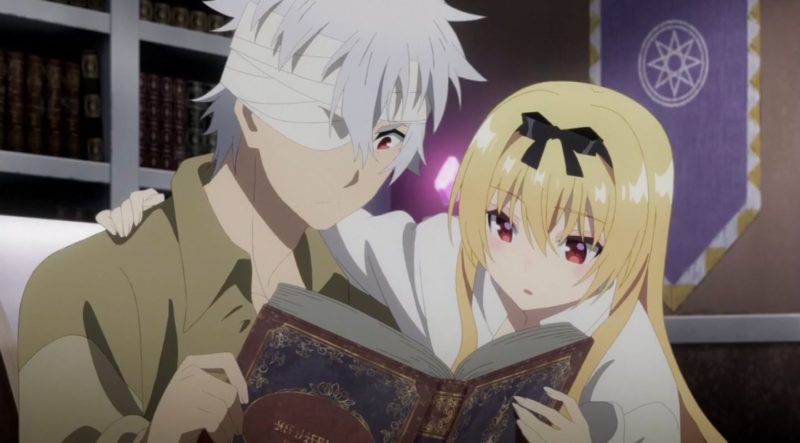
Isekai has room for flavoring like Hajime and Yue. Many fall into too much world building instead of using the RPG trope to make room for the characters. While I enjoy world building, characters motivate me more. Arifureta isn’t that great of an anime. It doesn’t do well with action and animation in general. Shea, a member of the harem, was designed specifically for fan service. Hajime and Yue share a fair bit of nude sleeping together near the beginning of their relationship.
I have to mention that Yue’s design falls a bit on the lolita side. During the early meetings, she too offers some fan service, but this disappears. Despite her lolita design, she doesn’t come off as young. Rather, she feels petite. I felt pleased to see the petite, small-chested woman become the love interest for a change. Too often the buxom steal the focus of attention.
Yue could use more character development to give her personality a little more separation from Hajime.
Arifureta offers an interesting take on the standard isekai theme. The uneven animation hurts. Yet, Hajime and Yue’s relationship held my attention, offering a pleasant change from the normal isekai characters.
